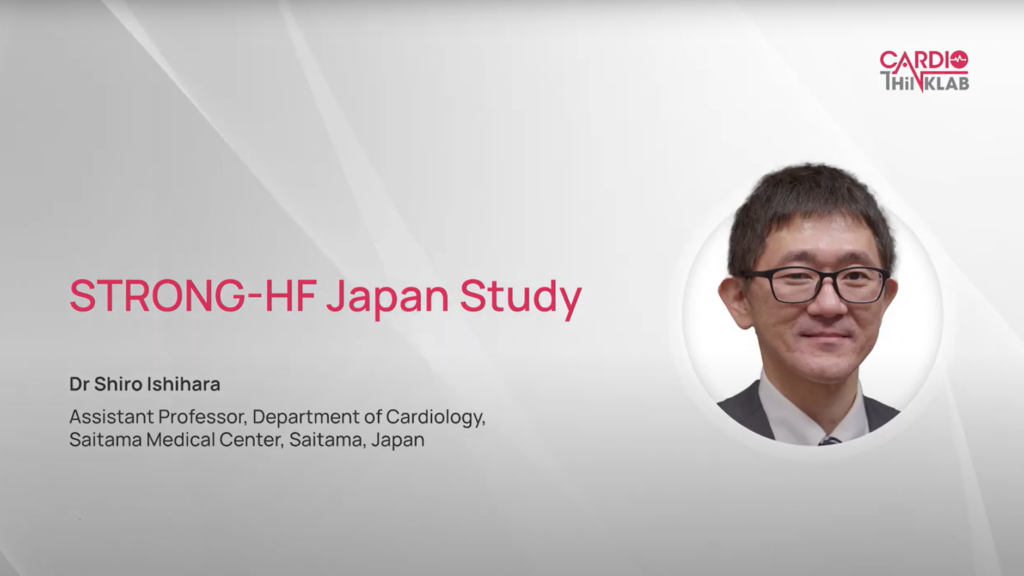Ladies and gentlemen, I will talk now about the appropriate interpretation of elevated troponin results.
Troponin and myocardial injury
First, and most importantly, is that cardiac troponin is a protein that is exclusively expressed in cardiac myocytes. It is part of the myofilament and has a certain function on this myofilament. Troponin is made up of three subunits: troponin C, troponin T, and troponin I, but only for troponin T and troponin I, there is a cardiac isoform that is only expressed in cardiomyocytes.
What is the particular role of troponin T and troponin I? So, for troponin T, it is the attachment of the actin microfilament to the myocardial microstructure.
What are the reasons why troponin can be released from the cardiomyocyte into blood? As you can see here in this busy slide, there are several mechanisms that are supposed to contribute to myocardial injury and to the release of troponin. And these these reasons include direct trauma, inflammation or cytokine release, toxic reasons, infections, oxidative stress, ischemia, but also maybe strenuous exercise and reversible myocardial ischemia.
Possible reasons for troponin release, split by pathomechanisms, are, for example, oxygen demand-supply mismatch, direct myocardial damage, myocardial strain, systemic processes like sepsis, and neurological disorders.
A help for the interpretation of troponin release is being provided by the fourth definition of myocardial infarction that was published in 2018.
What is a myocardial injury? The term myocardial injury should be used when there is evidence for elevated cardiac troponin, as this reflects myocardial injury. The elevation should be above the 99th percentile, as this value defines normality, and myocardial injury is then further distinguished into a chronic myocardial injury and acute myocardial injury, depending on the presence of a stable troponin elevation or a dynamic change that is indicated by a rise and/or fall of troponin.
So, as follows, one can distinguish within myocardial injury:
- A chronic myocardial injury that is an elevation of troponin that is stable.
- An acute myocardial injury that is myocardial injury that shows a rise and/or fall.
- And, to the right, acute myocardial infarction, that is a subset of acute myocardial injury.
Only a fraction is acute myocardial infarction, that is defined by an elevation of troponin above the 99th percentile, a rise and a fall that is relevant, and the appropriate clinical context reflecting myocardial ischemia.
Coming back to the discrimination between acute and chronic elevation of troponin, what are reasons for chronic elevation, and what are reasons for acute elevation?
What Causes An Increase In Troponin?
Chronic elevations may be due to the presence of structural heart disease, like heart failure or cardiomyopathies, whereas acute disorders are characterized by a dynamic change of troponin, reflecting an acute condition that is deteriorating. For example, acute heart failure, acute myocardial infarction, sepsis, myocarditis, stress cardiomyopathy.
The fourth Universal MI definition provides a guide to interpret myocardial injury. So, in the beginning, you have the elevation of troponin in a symptomatic patient. The first question that you have to ask is: Is there a rise and/or fall of troponin in appropriately, um, timed serial measurements?
If there is no elevation of troponin, you can label this as a chronic elevation, and this pathway is given to the right. And then, the next step is to explore the reasons for the chronic stable troponin elevation.
On the left side, you have the scenario where troponin shows a rise and/or fall. And here, your next crucial question is: Does the patient have a context of myocardial ischemia or not?
If he does not have evidence for an acute myocardial ischemia, this is given in the orange-colored pathway. Then, the condition should be labeled as an acute myocardial injury in the absence of an infarct.
Whereas, and this is given on the light red pathway to the left, if there is evidence for myocardial ischemia, then one has to discriminate between a reason that is due to plaque rupture, to a thrombotic event within the coronary artery, and that is labeled as a type one infarct, the spontaneous classic infarct that we encounter during coronary angiography. Or, if we do not find a relevant stenosis with a thrombotic process, then we should call this infarct a type two infarct that is due to an imbalance between oxygen supply and demand.
The differential diagnostic workup strongly depends on what we suspect. If we suspect an acute myocardial infarction with a dynamic change of troponin concentrations, of course, our next diagnostic step should be a coronary angiography that ideally should be performed within 24 hours.
If we find no change in troponin concentration, so, means we have a chronic myocardial injury, then we should identify the underlying reason for myocardial injury, as this is prognostically relevant. And the workup includes imaging like echocardiography, coronary CT or triple rule-out CT, and further diagnostic measures as given by the suspected underlying disease.
The take home messages are:
- Troponin is a cardio-specific molecule that is 100% coming from cardiac tissue but is not always a myocardial infarction.
- There are numerous causes for myocardial injury, and they should be strongly considered and followed.
- The universal MI definition provides help to distinguish between myocardial injury, acute myocardial injury, and myocardial infarction.
- Acute myocardial infarction is a subset of acute myocardial injury that is characterized by an elevation of troponin showing a rise and/or fall of troponin together with a clinical context suggesting myocardial ischemia.
- And whatever is the underlying reason of a troponin elevation, further workup is mandatory to detect the underlying reason and to start measures for further diagnosis and early treatment.
Thank you very much.

















